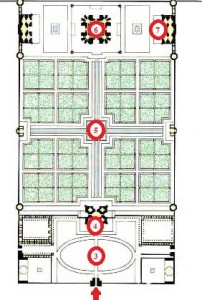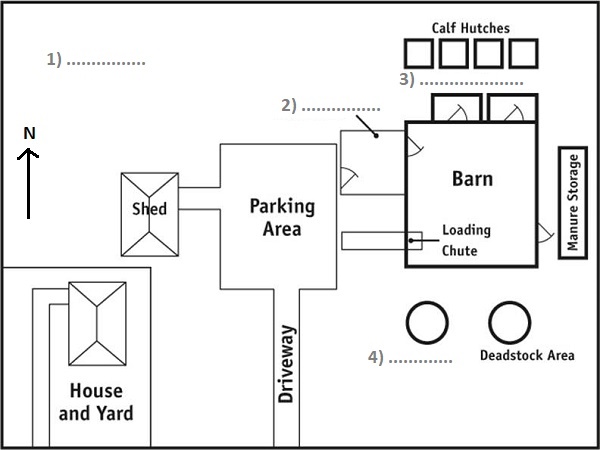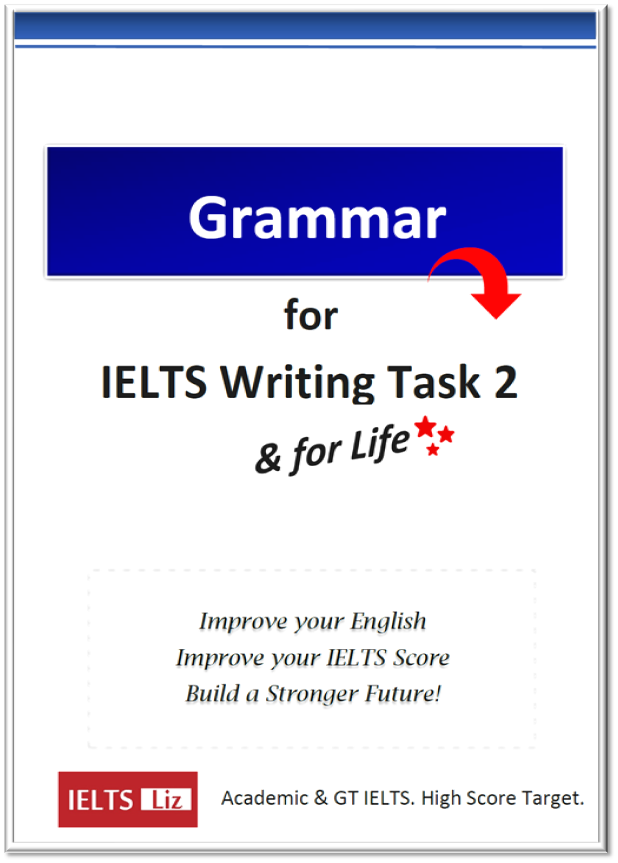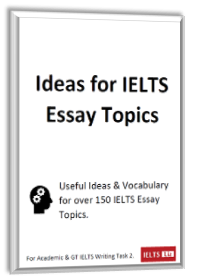“Under the word count” penalty update for IELTS Writing Task 2
As you see on the page below, previously you would have a fixed penalty of band score 5 for Task Response in IELTS writing task 2 if you wrote under the word count which is 250 words. This rule has now been removed.
Does this mean you can now write under the word count?
The answer to this is yes and no. Let me explain. It is possible to write under the word count and you will get no fixed penalty. But will it impact your score?
Writing a short essay which is under 250 words will definitely impact your score and not in a good way. The requirements of good band score are that you develop your ideas sufficiently. This means you must have enough words to develop your main points. A short essay doesn’t do this. Take a look below at the requirements of Task Response regarding this:
- Band 5 = ideas are limited and not sufficiently developed
- Band 6 = ideas might be inadequately developed
- Band 7 = extends main ideas
- Band 8 = presents well-developed response with extended ideas
- Band 9 = fully extended ideas
As you see, developing and extending your main points is crucial to increase your score. You cannot develop your ideas properly if your body paragraphs are too short. Certainly, a long paragraph is no guarantee of a well-developed idea, but a short paragraph will ensure it is not developed enough. So, you need two things: 1) body paragraphs that are long enough to be considered developed. 2) body paragraphs containing sentences that are focused and relevant. Basically, the right length and focused.
What word limits do you recommend for paragraphs?
- Your introduction is a functional paragraph of just two statements usually about 40-50 words.
- Each body paragraph MUST be sufficiently developed for a high score. If you have two body paragraphs, it’ll be about 95 words per paragraph and about 65 words for three body paragraphs. Having less might put you at risk of not having sufficiently developed main points.
- The conclusion is also a functional paragraph of about 30-40 words.
In total, your essay should be around 270 – 290 words in length. If you write less, your ideas might not be developed enough for a high score. If you write more, your ideas might lack focus and sentences might lack relevancy. See my model essays on this page: IELTS Writing Task 2 Lessons & Tips
Word count Rules Previously Used by IELTS Before
There used to be a fixed penalty in IELTS writing if you wrote under the word count which is 150 words for writing task 1 and 250 words for writing task 2. You would automatically get only band 5 in Task Response which counts for 25% of your marks.
Other things affecting your score
- Your handwriting – if the examiner has problems reading your handwriting, your band score can be seriously affected.
- Memorised answer – if your essay answer is memorised, it will not be accepted and could result in a 0 band score.
- Limited answer – if you fail to answer the whole question and only answer half of it, you will not get above band score 5 in task response.
Is there a penalty for writing too much?
No, there is no upper limit. However, writing too many words does not mean you will get a better mark. In fact, it might cause problems. It might include sentences that are less relevant and less focused. People often like to add “padding” to their essays but this only lowers your score. See this page: How Many Words is Recommended for Writing Task 2
Recommended
For more answers to questions about IELTS writing task 2, follow the link.








